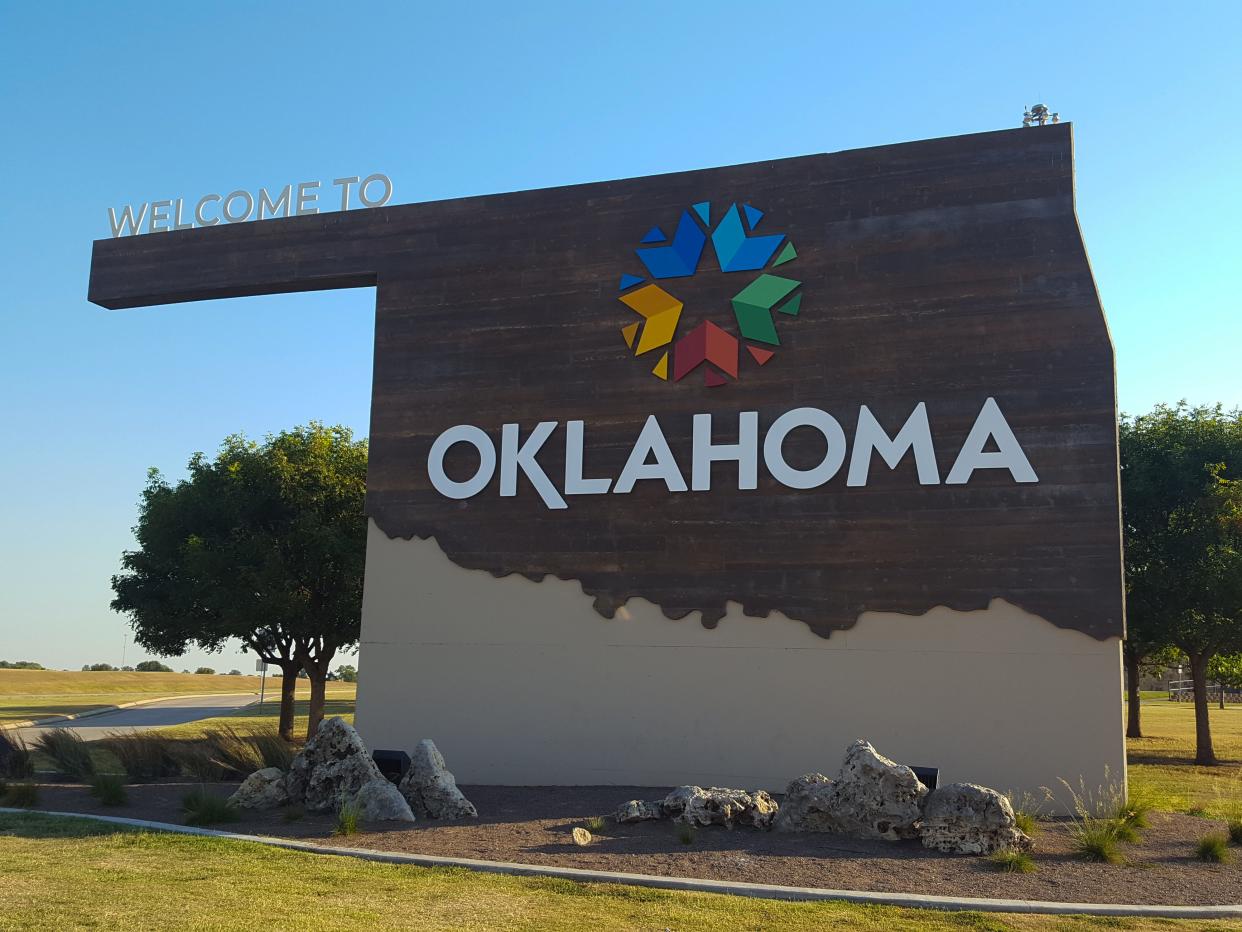This OU-Texas weekend, Oklahoma seeks to win more than a game. It wants to boost workforce

One of my favorite times of the year is back again: OU vs. Texas. This weekend, people will flock from both states to celebrate the famous Red River Rivalry. As someone raised in Oklahoma, I’ve seen many changes over the years to the state I call home. When it came to jobs and opportunities, Dallas used to have us beat. But over the past 20 years or so, I’ve watched Oklahoma transform into a hub for innovation and growth ― a modern frontier.
Oklahoma has the third-fastest growing economy in the nation. In just 15 years, Oklahoma City grew from the 31st largest city in the country to 20th. In 2021, we experienced our biggest tourism year to date, and the industry generated a record-breaking $10.1 billion in direct visitor spending, created 4,000 new jobs, and exceeded 2019 visitor spending by 3.2%. Because of our pro-business policies, more companies than ever before are moving or expanding to Oklahoma. In 2022, there were 77 announcements made for new and expanding companies statewide, creating over 5,000 jobs. I could go on and on.
My point is this: As a state, we have a lot to offer. One thing we certainly need now is more workforce. As companies continue moving to Oklahoma to take advantage of our unprecedented growth in aerospace, advanced manufacturing and continued dominance in energy, our unemployment level has dropped to 2.7% — the lowest in state history. Our businesses need more talent to fill the jobs they’re creating.
That’s why this weekend, the Oklahoma Department of Commerce is launching our "Move to Oklahoma" campaign, targeting the Dallas–Fort Worth metroplex. This talent attraction campaign will build awareness of Oklahoma as a great place to live. By appealing to young professionals and families in the Dallas–Fort Worth Metroplex, we hope to bring more skilled workforce to fill positions across Oklahoma.
Now you may be wondering, why Dallas? For starters, the largest alumni clubs outside the state for both the University of Oklahoma and Oklahoma State University are in Dallas. For years, Dallas has been the metroplex that attracts the most Oklahoma migrants, averaging at 3,100 Oklahomans each year. The problem is, Dallas is getting too big. With a recent influx of new residents from California, Dallas is on track to become the third-largest city in the United States in less than five years, surpassing Chicago. That will naturally lead to overcrowded schools, roads and housing, driving up the prices and lowering the quality of life for residents. It’s prime time to invite our friends and family back home … along with others looking for a fresh start in a state where they can make a difference and be involved in the local community.
In our Move to Oklahoma campaign, we’re going to sell why Oklahoma has everything a young professional or family needs, but without those barriers. For example, Dallas drivers have one of the most grueling commutes in the country. In 2023, it is estimated that DFW drivers will spend more than 70 hours on the road due to rush hour traffic. However, in Oklahoma, we enjoy the ninth-shortest average one-way commute time compared to the other states, with an average time of just 21.7 minutes. It’s why you might see a billboard along the major Dallas highways that reads, “If you lived in Oklahoma, you’d be home by now.”
We also will show off our low cost of living. As housing prices rise to record highs in DFW, Oklahomans enjoy some of the most affordable housing in the country. Since 2016, more than a handful of Dallas ZIP codes have seen home prices increase more than 150%. Plano, a suburb of Dallas, leads the United States in cost-of-living increase this year at a rate 22% higher than the national average. Oklahoma ranks second in the country for lowest cost of living. The typical single-family home value in Oklahoma costs a little over $200,000, while the average Dallas single-family home is over $100K more at $309,340. In Dallas, utility prices are 14% higher than the national average, and health care is 13% higher. Overall, the cost of living in Dallas is 22.2% higher than Oklahoma City, and it’s even more than that for many Oklahoma communities.
Oklahoma is the best place to live, work and raise a family, and I’m excited to share that message with our neighbors to the south. Whether OU wins or loses the football game this weekend, Oklahoma has the momentum and a winning playbook.

Matt Pinnell is the 17th lieutenant governor of Oklahoma and serves as secretary of workforce and economic development. Visit LiveInOkla.com to learn more.
This article originally appeared on Oklahoman: OU-Texas weekend marks promotion of 'Move to Oklahoma' campaign

